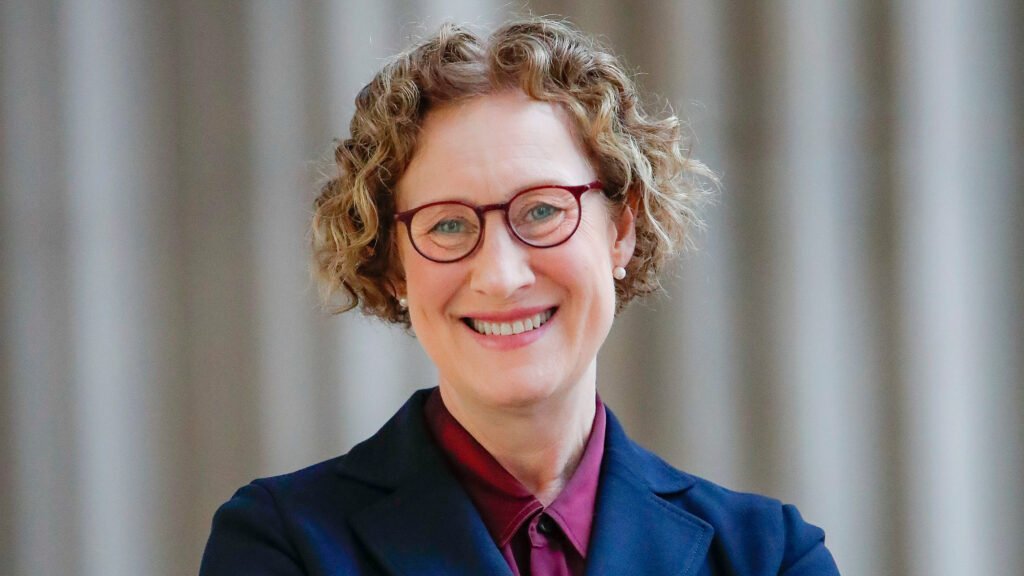We sit in the middle of one of the most vibrant metropolitan areas in the country. And so, we have a lot of friends who want to see us succeed, and who want to partner with us and invest in us.
We are also looking at new ways to generate revenue through innovative partnerships with industry, leveraging our research strengths and intellectual property. We have a lot of opportunities in that space, and we’re trying to exploit them.
We’re also looking at ways to diversify our revenue streams, whether that’s through online education, professional education, or other avenues. We know that we can’t rely solely on state funding or tuition increases to sustain our operations, so we’re actively exploring new ways to bring in revenue and support our mission.
How are you supporting students and faculty during this challenging time?
We’re doing everything we can to support our students and faculty during this challenging time. We’ve increased mental health resources and support services for students, recognizing that the stress and uncertainty of the current situation can take a toll on mental health.
We’re also providing additional support for faculty, whether that’s through professional development opportunities, funding for research projects, or other forms of support. We know that our faculty are the heart and soul of our institution, and we want to make sure they have what they need to continue their important work.
We’re also working to foster a sense of community and connection among our students and faculty, even in a time when physical distancing is required. We’re hosting virtual events, town halls, and other opportunities for people to come together, share ideas, and support one another.
Despite all the challenges, are you still optimistic about the university’s long-term future?
Absolutely. I am incredibly optimistic about the University of Minnesota’s long-term future. We have a strong foundation, a talented and dedicated faculty and staff, and a vibrant community of students and supporters. We have weathered many storms in our long history, and I am confident that we will emerge from this current crisis even stronger and more resilient than before.
We have a clear vision for the future, a strategic plan that outlines our priorities and goals, and a roadmap for how we will get there. We have a strong commitment to our mission of research, education, and service, and a determination to continue making a positive impact on our community and the world.
I believe that the University of Minnesota has a bright future ahead, and I am excited to be a part of leading us into that future. Together, we will overcome the challenges we face today and build a better tomorrow for all who are part of our university community. The city we reside in is a bustling metropolis, often referred to as the “headquarters economy” of the nation, boasting nearly 20 Fortune 500 companies. This unique positioning opens up new avenues for collaboration with industries as we move forward into the future.
However, it is important to remain grounded in reality. While we have historically received $800 million annually in federal funding, it is unrealistic to assume that such funding could be easily replaced if it were to be significantly reduced.
Many have questioned why universities cannot tap into their endowments to bridge funding shortfalls. The truth is, as a public university, our endowment is predominantly earmarked for specific purposes designated by donors. Altering these allocations would require individual donor approvals or legal interventions, making it a non-negotiable option.
The current climate has left international students in a state of uncertainty, with recent visa revocations and detainments causing anxiety within the academic community. As a university, we are committed to supporting our international students by ensuring they have access to resources and guidance regarding visa regulations and legal compliance.
Looking ahead, the University of Minnesota is in the process of crafting a long-term strategic plan that spans the next five to ten years. While specific priorities are still being formulated, the overarching focus will be on enhancing experiential learning opportunities, leveraging strengths in health sciences and sustainability initiatives, and advancing research in fields such as AI and health.
Despite the challenges posed by the current environment, there is a sense of optimism and opportunity for growth. By capitalizing on our strengths and embracing innovation, we are poised to navigate the turbulent times ahead and emerge stronger than ever before.


